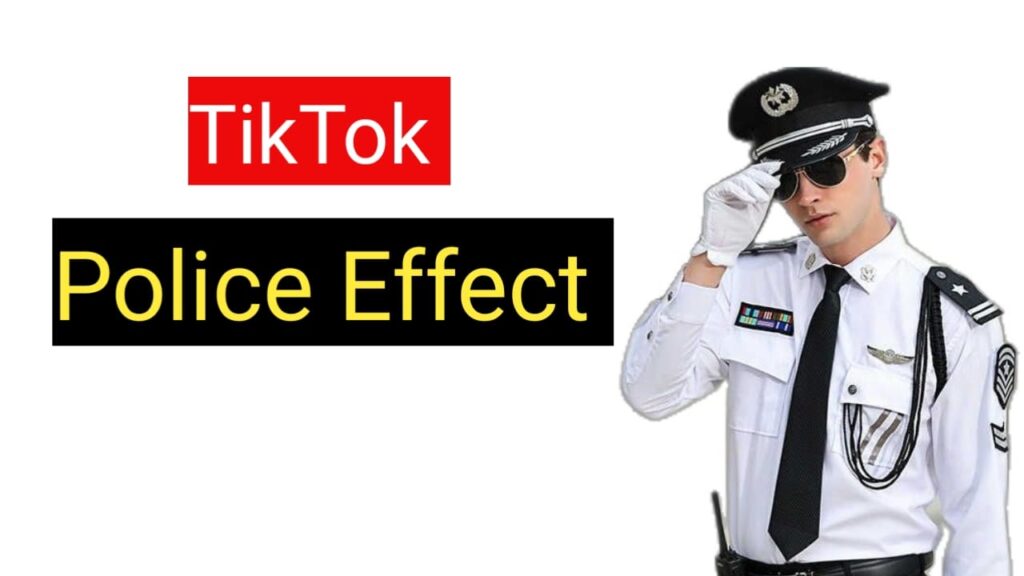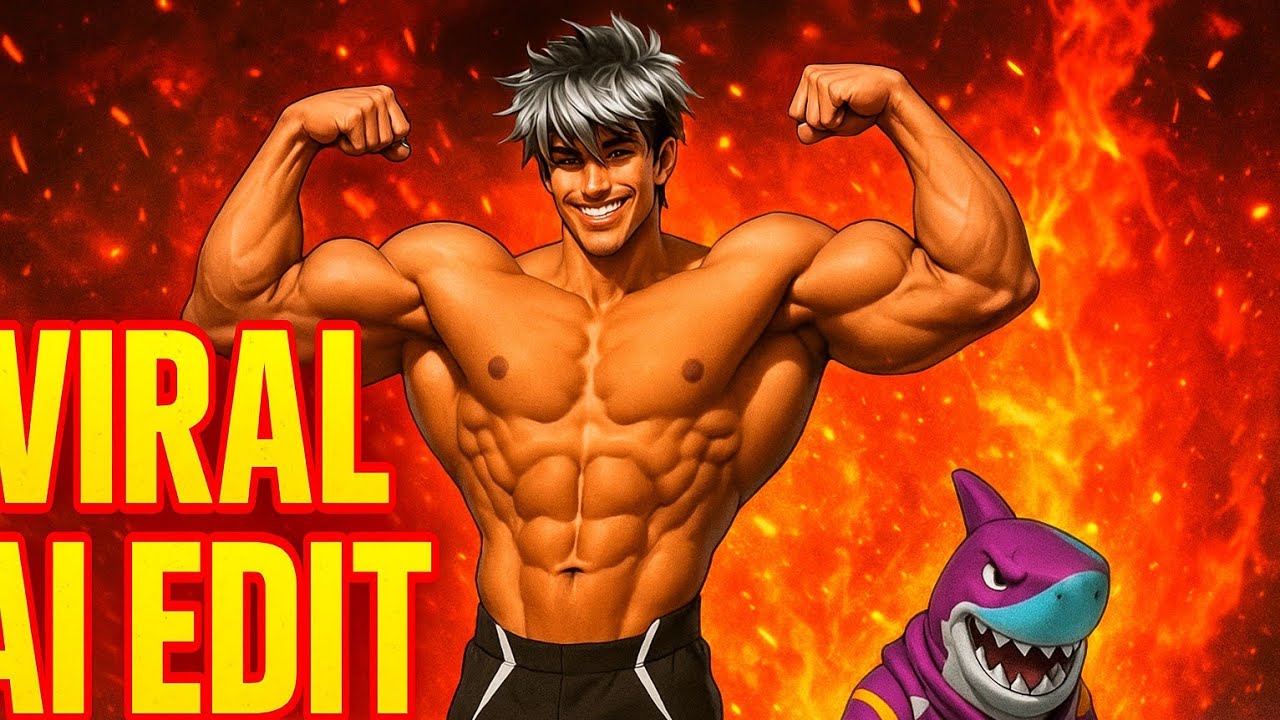The TikTok algorithm giveth, and the TikTok algorithm taketh away. One moment, you’re a nobody; the next, your quirky dance or heartfelt rant has catapulted you into the viral stratosphere. But lurking in the comments section and stitching videos lies a powerful, often unforgiving force: the TikTok Trending Police. This isn’t about actual law enforcement. It’s about the self-appointed guardians of trend legitimacy, authenticity, and perceived platform morality – a unique digital phenomenon reshaping how trends live, die, and sometimes destroy.
What Exactly is the “Trending Police Effect”?
Imagine a trend explodes. Maybe it’s a dance challenge, a viral sound, a specific aesthetic, or a social cause. Almost immediately, alongside the participation, emerges a wave of commentary and content about the trend itself. This commentary isn’t just appreciation; it’s often critique, investigation, accusation, and judgment. This collective action – users scrutinizing, verifying, gatekeeping, and often condemning those participating in or initiating a trend – embodies the “Trending Police Effect.”
It manifests in several ways:
- The Authenticity Audit: “Who started this really?” Users dig into the origins of a trend, calling out creators who appear to be “stealing” or not crediting the original source, especially if that source is from a marginalized community. Accusations of cultural appropriation often fall under this scrutiny.
- The Morality Check: “Is this trend even okay?” Trends involving pranks, dares, or potentially harmful behavior (like dangerous stunts or invasive public interactions) face rapid backlash. The Police mobilize to label the trend problematic, irresponsible, or offensive, often demanding its cancellation.
- The Hypocrisy Hunt: “You did WHAT last year?” Creators jumping on a trend, especially social justice or awareness trends, find their past content meticulously combed through. Any perceived inconsistency, offensive old joke, or problematic statement is unearthed and presented as evidence of insincerity or “performative activism.”
- The Bandwagon Backlash: “Ugh, this is so overplayed/cringe.” Once a trend reaches peak saturation, a counter-movement often arises. The Police declare it “dead,” mocking those who still participate as trying too hard or being out of touch. This speeds up the natural lifecycle of trends dramatically.
- The Accuracy Investigators: “That fact is WRONG!” Trends based on information (historical facts, scientific claims, news events) attract fact-checkers who dissect claims, point out inaccuracies, and call out creators spreading misinformation.
Why Did the “Trending Police” Emerge? The Perfect Algorithmic Storm
This phenomenon isn’t random. It’s the inevitable offspring of TikTok’s unique ecosystem:
- The Algorithm’s Hunger for Engagement: TikTok’s core mechanic rewards content that sparks reaction – comments, shares, duets, stitches. Controversy, debate, and outrage are incredibly potent engagement drivers. Calling someone out or critiquing a trend is practically engineered to perform well. The algorithm amplifies the “Police” action.
- Velocity & Virality: Trends explode at unprecedented speed. This rapid spread creates anxiety – anxiety about missing out (FOMO), anxiety about participating incorrectly, and anxiety about harmful trends gaining traction. The “Police” offer a sense of control and order amidst the chaos, a way to slow things down or steer the narrative.
- Low Barrier to Entry for Vigilantism: Creating a stitch or comment calling someone out requires minimal effort compared to traditional forms of criticism or activism. This ease fuels mass participation in digital call-outs. The sheer volume of voices can feel overwhelming and punitive.
- The Performance of Morality: In the curated world of social media, publicly displaying one’s ethical stance (e.g., calling out appropriation, condemning a harmful prank) can become a form of social capital. Participating in the “Police” action signals belonging to the perceived “right side.”
- Echo Chambers & Amplification: TikTok’s algorithm tends to show users content aligned with their existing interests and beliefs. This creates echo chambers where critiques against a trend or creator can quickly gain overwhelming consensus within a specific community, making the backlash seem absolute and undeniable, even if it’s not representative of the wider platform.
- Cultural Shift Towards Accountability (and Sometimes, Excess): Broader societal movements demanding accountability (e.g., #MeToo, heightened awareness of social justice issues) have permeated online spaces. While this push is often necessary, it can sometimes manifest on TikTok as rapid, unforgiving judgment without nuance or due process.
The Double-Edged Sword: Consequences of the Posse Mentality
The Trending Police Effect isn’t inherently bad. It has driven positive outcomes:

- Amplifying Marginalized Voices: Calling out uncredited originators, especially creators of color, has led to better attribution and recognition.
- Halting Harmful Trends: Rapid backlash has effectively shut down dangerous challenges or offensive content before they cause widespread harm.
- Combating Misinformation: Fact-checking within trends can help curb the spread of false narratives.
- Promoting Ethical Consumption: Encouraging users to think critically about the trends they participate in.
However, the negative consequences are significant and pervasive:
- Mob Justice & Disproportionate Punishment: The scale and speed of TikTok backlash can be devastating. A creator might face massive harassment, loss of followers, brand deals, and even threats over a single misstep or misunderstanding, often without a chance for explanation or growth. Context is frequently lost in the frenzy.
- Creativity Chilling Effect: Fear of the “Police” can stifle creativity. Creators may avoid participating in trends, experimenting with content, or discussing complex topics for fear of unintentionally triggering a backlash. Homogenization of content becomes a survival tactic.
- Nuance Annihilation: Complex issues (cultural exchange vs. appropriation, intent vs. impact, historical context) are often reduced to binary “right/wrong” judgments within seconds. Meaningful discussion is drowned out by performative outrage.
- Performative Activism & Virtue Signaling: The pressure to immediately condemn can lead to shallow, performative gestures rather than sustained engagement with issues. The focus shifts to being seen as correct rather than doing the work.
- Mental Health Toll: Being targeted by the “Trending Police,” even for minor offenses, can cause severe anxiety, depression, and trauma for creators. The constant fear of being “cancelled” permeates the platform.
- Erosion of Trust & Community: The environment becomes adversarial. Viewers become suspicious, creators become defensive, and the sense of a supportive community can fracture.
Navigating the Beat: Can We Mitigate the Harm?
The “Trending Police Effect” is deeply embedded in TikTok’s structure, but its worst excesses can be tempered:
For Users:
- Pause Before You Post (or Comment): Ask: “Is my contribution necessary?” “Am I adding value or just piling on?” “Do I have the full context?”
- Seek Nuance: Resist snap judgments. Consider intent, impact, and the possibility of growth. Is this a genuine harmful act or a mistake?
- Amplify Positivity & Solutions: Instead of just tearing down, focus on uplifting original creators, sharing accurate information, and promoting constructive alternatives.
- Report Actual Harm, Not Just Discomfort: Use reporting tools for truly harmful content (hate speech, threats, dangerous acts), not just content you disagree with.
- Check Your Own Feed: Be aware of your echo chamber. Seek out diverse perspectives before forming a strong opinion on a trend controversy.
For Creators:
- Do Your Homework: Research trends before participating, especially regarding origins and potential sensitivities. Credit meticulously.
- Embrace Accountability (Thoughtfully): If you make a mistake, acknowledge it sincerely, apologize meaningfully, demonstrate learning, and outline steps to do better. Avoid defensive or performative apologies.
- Build a Supportive Community: Foster an audience that values dialogue over dogpile. Moderate comments proactively.
- Prioritize Mental Health: Have strategies to disengage during backlash storms. Know when to step back and seek support. Don’t feed the trolls.
For TikTok (The Platform):
- Algorithmic Transparency & Adjustment: Explore ways the algorithm might lessen the amplification of pile-on behavior. Can it promote constructive dialogue over inflammatory call-outs?
- Nuanced Moderation & Context: Invest in moderation that understands context and intent, differentiating between genuine harm and minor missteps or disagreements. Provide clearer appeals processes.
- Promoting Media Literacy & Digital Citizenship: Integrate features and prompts that encourage critical thinking, source checking, and respectful engagement before users post reactive content.
- Robust Anti-Harassment Tools: Continuously improve tools for creators to manage harassment and block coordinated attacks.
Beyond the Hashtag: The Bigger Picture
The “TikTok Trending Police Effect” is more than just online drama; it’s a microcosm of our evolving digital society. It reflects our desire for accountability and justice, amplified and distorted by the unique pressures of an algorithm-driven, high-velocity platform. It highlights the tension between collective action and mob mentality, between holding power to account and wielding power destructively.
It forces us to ask critical questions: What does effective accountability look like in a space built on fleeting attention? How do we foster ethical participation without stifling creativity? How do we cultivate digital empathy and nuance when the system rewards speed and simplicity?
The digital posse isn’t going away. Its existence underscores the immense cultural power TikTok wields. The challenge lies in harnessing the positive potential of collective scrutiny – calling out genuine harm, uplifting marginalized voices, demanding better – while actively mitigating the profound harms of disproportionate punishment, stifled expression, and the erosion of digital community. It requires conscious effort from every participant: users, creators, and the platform itself. The verdict on whether TikTok can evolve beyond the tyranny of its own trending police force is still out.



